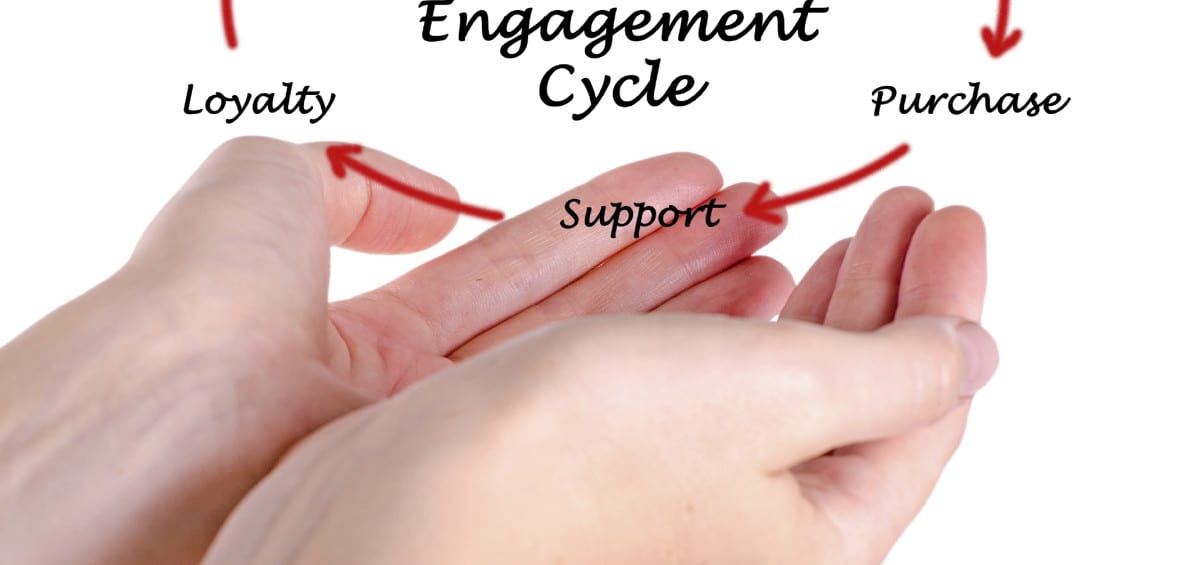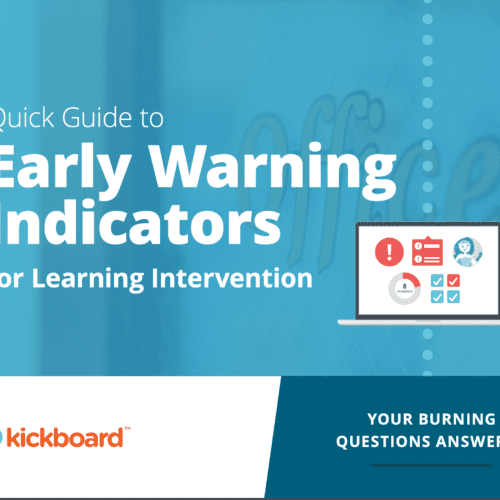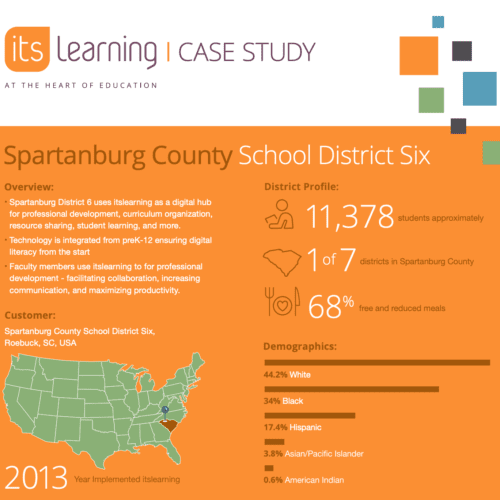 Years ago, B2B customers were determining exactly what they needed to fulfill a need, improve a process, etc., they used to talk to a sales person in order to figure out the best option. Nowadays, customers are going online to do the research themselves online. That means you have to create content that gives them the information they need as they pass through the various stages of the buying cycle.
Years ago, B2B customers were determining exactly what they needed to fulfill a need, improve a process, etc., they used to talk to a sales person in order to figure out the best option. Nowadays, customers are going online to do the research themselves online. That means you have to create content that gives them the information they need as they pass through the various stages of the buying cycle.
Although I use the term “stages,” you should bear in mind that the B2B buying cycle usually is not a straightforward procedure where they buyer proceeds from Step One to Step Two and on to Step Three. Prospects are more likely to meander due to the freedom and choices that online research gives them. That is particularly true for purchases of complex and/or expensive goods and services. Still, the included diagram gives you an outline of a general buying process:
The first step in the process is your prospective customers’ awareness or becoming aware of a need. Maybe they spot an problem in their internal process, maybe changes in internal or external circumstances (e.g., regulations or enhanced competition) require that they find a new solution, maybe you point out how things could be better. Next, your prospects begin to do research and are considering their options, both what type of tool, service or resource would best suit their needs and which vendor would be most likely to work well with them. Typically, they then winnow down options until they find the right match (based on their needs, budget, and concerns).
After they make the purchase, clients typically expect you to provide support so that they are not left struggling to figure out how best to use their new resource. And while they may not expect this, you should strive to go beyond simply supporting and aim to build customer loyalty. In other words, instead of just responding when someone calls for help, you should be proactive in helping them make the most of your offering. That will build their favorable view of you and so lead to their becoming evangelists for your brand (the last stage in the diagram).
Stage-Specific Content
Some communications professionals think of content at the various stages in terms of format, (e.g., they try to decide if they should be using tips sheets v. white papers at a certain point), but it’s actually the type and the depth of the content that matters. As customers progress along the buying cycle, they’re going to need more in-depth information about how your offering solves their problem. Therefore, you’ll go from a generally addressing the problem without featuring your offering to finally giving interested parties the detailed technical information they’ll need to fully understand and use your offering. (However, I’ll still include some suggestions on formats and delivery channels for your convenience):
1. Awareness/Grabbing Attention Stage: Since you’re attracting prospects’ attention at this point, share tips that showcase your expertise on how to resolve their pain points (link to pain points post) (they’re likely to still hire you to provide the solution instead of apply your advice for themselves). Channels for sharing these tips could include blog posts, industry publications, social forums like LinkedIn or industry-related forums.
Alternatively, you could opt for creating problem awareness and shifting your prospects away from the status quo by showing them the value of solving the problem you’re revealing. Understanding the value will prompt them to start considering solutions (such as the ones you’re offering!). For example, you could share information on industry trends that indicate the need for your product/service.
Bear in mind that at this stage your content should not contain a hard sell. You should be sharing information on how prospects should solve their problems, not pushing your offer at this point. Expand on the industry trends with hard facts and statistical information that your audience can use to shift consensus, and if possible, present those stats in a context that enables your audience to immediately see the relevance. For this type of content, you can use webinars, white papers, curated content, feature articles, etc.
2. Consideration/Lead Nurturing Stage: At this point, you should be getting information from prospects as well as further showing your expertise. Persuade prospects to share information that permits you to market to them, e.g. a newsletter subscription, advice, or even access to an online resource center such as the Hire Expectations Institute, a thought leadership site from HR recruiting software company iCIMS that offers free information and resources but also offers visitors the chance to sign up for email alerts, a monthly newsletter, and webinars.
In order to nurture leads, provide them with more in-depth content. Think about the risks and issues of your prospects’ endeavor and show how your expertise helps mitigate them. One past client, a software testing company, offered a library of technical white papers explaining various aspects of the testing process, which helped *their* clients understand where there’s room for improvement within their own businesses. Videos and case studies that illustrate how your product or service works and the benefits that clients have derived would also be a good idea at this point. The content offered should deal with the needs of the various stakeholders in the prospects’ endeavors but not necessarily all at once; that might be much too lengthy.
3. Purchase/Conversion Stage: As prospects draw closer to deciding whether or not to make the purchase, you should be confirming that you are indeed the right choice. At this point, you will most likely have the chance to address their objections and concerns in person. You will probably be making formal presentations, and you may even offer trials of your product/service. On the content side of things, technical guides will support clients’ trials of your product and reduce their reliance on your help desk. Also, leaving them with case studies where the resolved problem specifically mirrors your prospect’s problem or need can help provide that final nudge.
4. Support & Loyalty Stage: After you’ve made the sale, you aren’t quite done with content. Now you need to help customers make the best of your offering and reinforce their belief that they made the right choice. That way, they will keep coming back to you when they need to make a similar or related purchase. After all, the most cost-effective way to generate profits is to have existing clients make repeated purchases. You can do this by sharing best practices for your offering and also showing inventive ways that other customers are solving problems with your product or service.
5. Customer Evangelism/Advocacy Stage: When it comes to promoting your product/service, prospects are more apt to pay attention to and believe third parties. So, to boost your own marketing efforts, you’ll want to recruit enthusiastic customter contributors for your internal publications/channels (e.g. newsletters, webinars, etc.) as well as external media outlets. Also, encourage them to participate in speaking engagements or workshops where they mention you. Pieces like testimonials, case studies, and product reviews are additional ways in which clients can advocate for you.
Conclusion
As I mentioned, the stages of the purchase cycle aren’t a straightforward step-by-step process. Also, the content formats that I suggested for each stage are just that: suggestions. The formats that you finally decide upon will depend not only on the type of content that you’re providing but also on the customer and the context in which they will be accessing that content.








